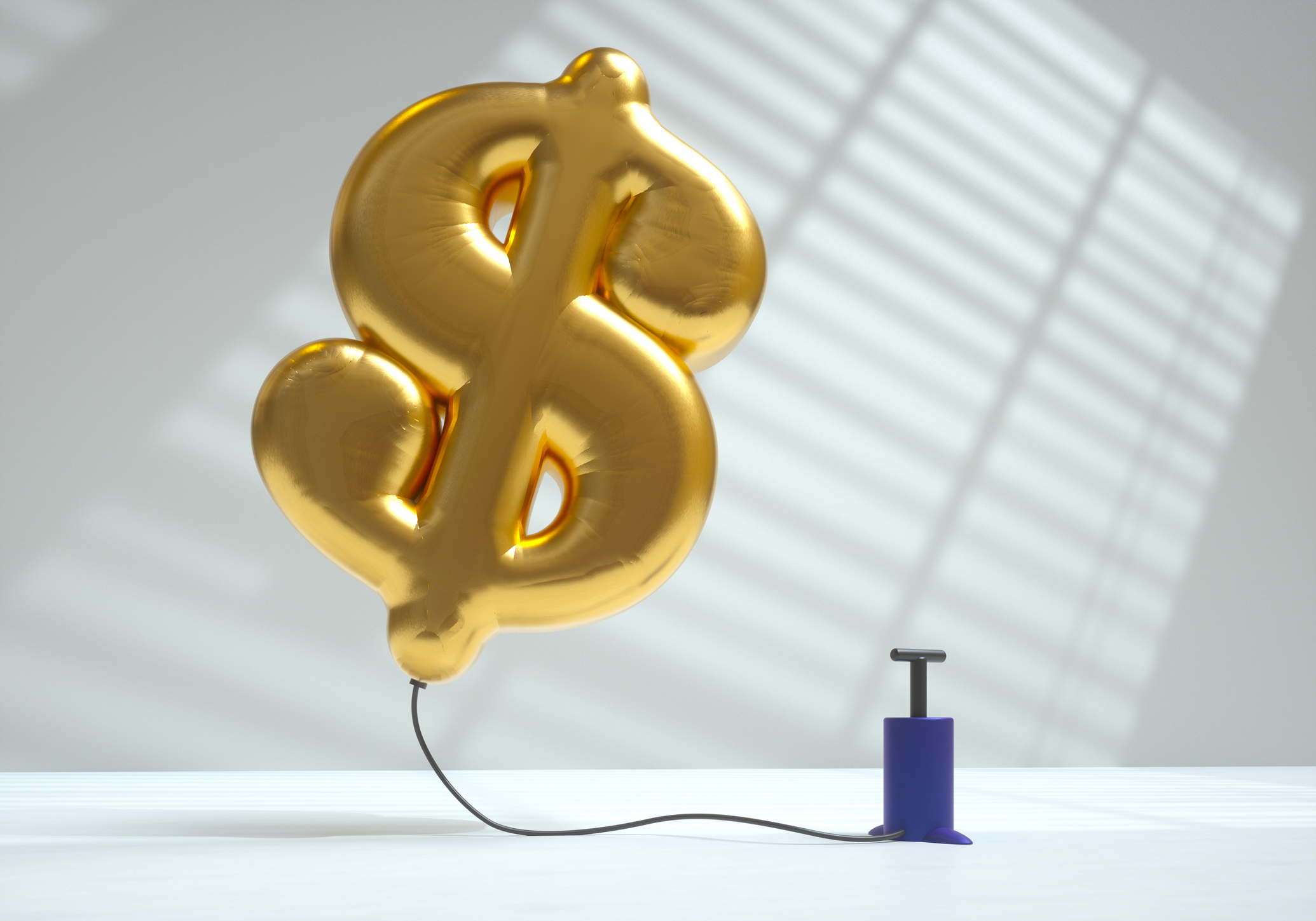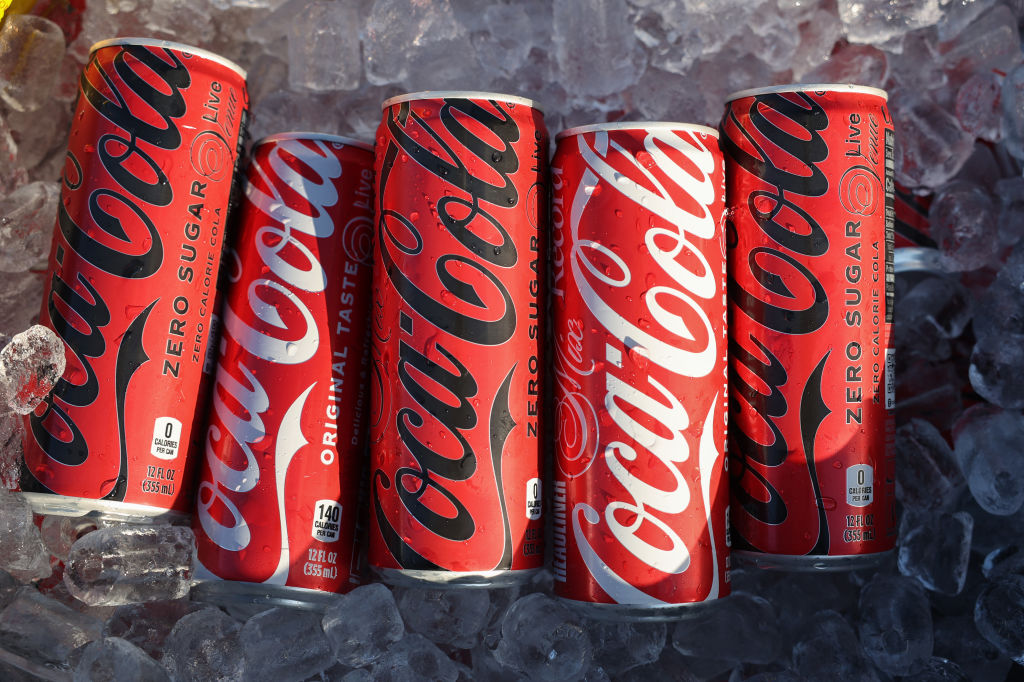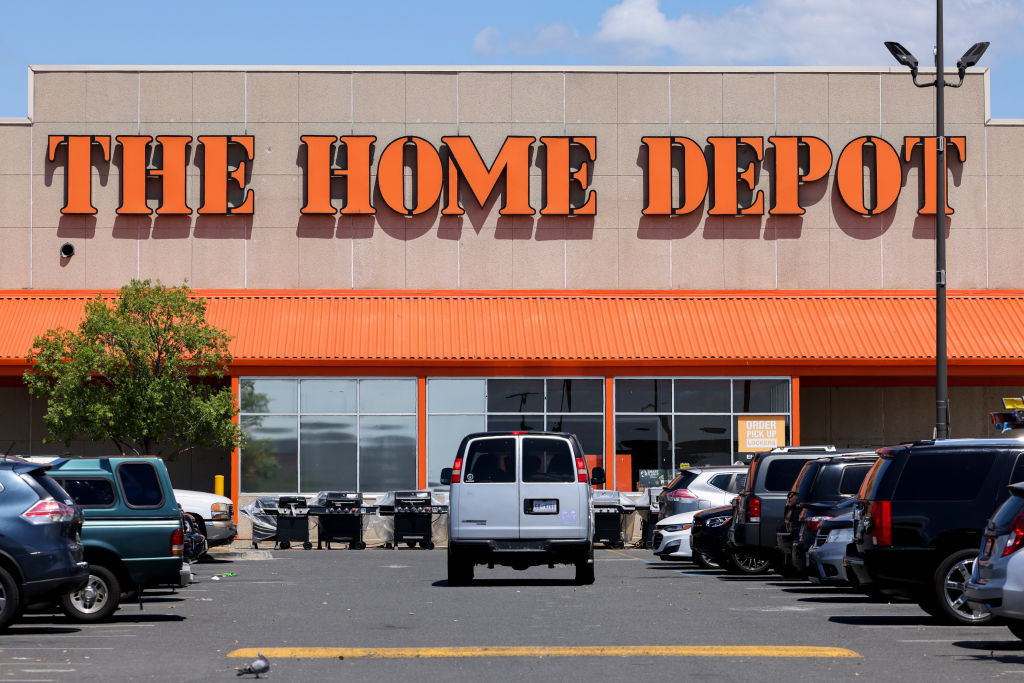11 Stocks to Cash In on the Strong Dollar
The dollar’s power is a sign of a good economy, but not for all stocks. Pick wisely to take advantage of this trend.

The greenback is on a tear, and that has implications for your stock portfolio. Although the value of the dollar is only one cross-current affecting the stock market, a little tweaking may be in order.
The U.S. dollar index, which measures the value of the greenback against a basket of foreign currencies, has jumped 10% since it started to spike in early May. The buck should continue to strengthen as the Federal Reserve Board moves toward a tighter monetary policy and eventually higher interest rates, while central banks abroad are easing.
The good news is that a strong dollar is a sign that prospects in the U.S. are bright. “It’s a confirmation that the U.S. economy is doing better than the rest of the world,” says John Toohey, who directs stock investments for USAA.
From just $107.88 $24.99 for Kiplinger Personal Finance
Become a smarter, better informed investor. Subscribe from just $107.88 $24.99, plus get up to 4 Special Issues

Sign up for Kiplinger’s Free Newsletters
Profit and prosper with the best of expert advice on investing, taxes, retirement, personal finance and more - straight to your e-mail.
Profit and prosper with the best of expert advice - straight to your e-mail.
The benefits of a strong dollar go well beyond American tourists abroad getting more bang for their buck. Imports here become cheaper, saving money for companies that buy goods or materials overseas for merchandise sold here and boosting spending power for consumers. Energy costs in the U.S. move down as the dollar moves up, because the global oil market and other commodities markets are priced in dollars. So not only will your imported car be cheaper, but you’ll fill it up for less, too.
As for investments, U.S. stocks benefit by attracting overseas investors seeking higher, dollar-denominated returns. (As the buck strengthens, their investments in the U.S. translate into more euros, yen, pounds and other currencies.) A rising dollar typically doesn't trip up bull markets. In fact, according to a recent report from Charles Schwab, since 1978, the S&P's average gain during periods when the dollar is rising beats the average gain when the dollar is sinking, 59% to 31%.(From April 2011, when the current bull market in the greenback began, through October 7, the U.S. dollar index gained 17%.)
But a strong dollar isn’t an unadulterated blessing. Exports become less competitive overseas and earnings from abroad translate into fewer dollars here. Bespoke Investment Group recently compared the performance of stocks in the Russell 1000 index that generate more than half of their revenues outside the U.S. with those that generate more than 90% of sales domestically. From the start of the year through October 2, the international basket of stocks gained 1.7%, while domestic shares rose nearly 7%.
Multinational companies in commodities-related businesses, including energy, industrial and basic materials firms, have taken dollar-related hits already. More bad news might be reflected in upcoming third-quarter earnings reports, says Toohey. “If you look at what could get hurt, tech companies have a lot of sales outside the U.S. So do companies that make consumer staples, such as Coca-Cola (KO), PepsiCo (PEP) and Proctor & Gamble (PG). These companies have businesses all around the world.” Consider: Apple (AAPL) derives 61% of its sales overseas; International Business Machines (IBM), 65%; and Chevron (CVX), 76%. P&G sells household goods in 180 countries, with more than 60% of sales coming from outside the U.S. and Canada.
In general, you’ll find a higher percentage of domestic revenues among small-company stocks. Industries that tend to rise along with the dollar include airlines, homebuilders, insurers and general merchandise retailers.
Bill Bell, portfolio manager at Atlanta Capital Management, favors retailers in the current rising-dollar environment. “Retailers will buy at more favorable rates, so their profitability will go up. And deflation helps consumers in general. They’ll have more money to spend on discretionary items like clothing.” He recommends The TJX Companies (TJX, $60), the largest U.S. off-price apparel and home fashion retailer in terms of sales (some of which come from Europe and Canada). He also likes Ross Stores (ROST, $75), a deep-discount retailer that operates exclusively in the U.S. and the U.S. territory of Guam.
Banks and other financial stocks with a U.S. focus are also good bets. Bell recommends City National (CYN, $74), a Los Angeles–based bank that provides banking, investing and trust services to small and midsize businesses, entrepreneurs and affluent customers, many of them involved in the film industry.
USAA’s Toohey also likes financials. “With the strong dollar you have to decide between banks and utilities,” he says. “Both are domestically oriented. But if you think interest rates are going to start creeping up, then you have to go with the banks.” Utilities tend to move in tandem with bond prices, which fall when rates rise. Toohey recommends Capital One Financial (COF, $81), one of the nation’s largest credit card issuers, and PNC Financial (PNC, $83), which is headquartered in Pittsburgh and operates banks in 19 states and Washington, D.C.
Toohey especially likes drug store operator CVS Health Corp. (CVS, $81 ), which generates 100% of its revenues domestically. The company’s unique business model, which combines drug store retailing with pharmacy-benefits management, should help it prosper as the population ages. “A strong dollar is just one more tailwind,” says Toohey.
Bespoke Investment Group offers its own list of attractive companies that derive most of their revenues in the U.S. They include insurer The Allstate Corp. (ALL, $61), health care benefits provider UnitedHealth Group (UNH, $84), financial-services giant Bank of America Corp. (BAC, $17), retailer J.C. Penney (JCP , $9) and Reynolds American (RAI , $59), the tobacco company.
Profit and prosper with the best of Kiplinger's advice on investing, taxes, retirement, personal finance and much more. Delivered daily. Enter your email in the box and click Sign Me Up.

Anne Kates Smith brings Wall Street to Main Street, with decades of experience covering investments and personal finance for real people trying to navigate fast-changing markets, preserve financial security or plan for the future. She oversees the magazine's investing coverage, authors Kiplinger’s biannual stock-market outlooks and writes the "Your Mind and Your Money" column, a take on behavioral finance and how investors can get out of their own way. Smith began her journalism career as a writer and columnist for USA Today. Prior to joining Kiplinger, she was a senior editor at U.S. News & World Report and a contributing columnist for TheStreet. Smith is a graduate of St. John's College in Annapolis, Md., the third-oldest college in America.
-
 You Saved for Retirement: 4 Pressing FAQs Now
You Saved for Retirement: 4 Pressing FAQs NowSaving for retirement is just one step. Now, you have to figure out how to spend and maintain funds. Here are four frequently asked questions at this stage.
-
 How to Stop These 5 Risks From Wrecking Your Retirement
How to Stop These 5 Risks From Wrecking Your RetirementYour retirement could be jeopardized if you ignore the risks you'll face later in life. From inflation to market volatility, here's what to prepare for.
-
 Hesitating to Spend Money You've Saved? How to Get Over It
Hesitating to Spend Money You've Saved? How to Get Over ItEven when your financial plan says you're ready for a big move, it's normal to hesitate — but haven't you earned the right to trust your plan (and yourself)?
-
 The November CPI Report Is Out. Here's What It Means for Rising Prices
The November CPI Report Is Out. Here's What It Means for Rising PricesThe November CPI report came in lighter than expected, but the delayed data give an incomplete picture of inflation, say economists.
-
 The Delayed November Jobs Report Is Out. Here's What It Means for the Fed and Rate Cuts
The Delayed November Jobs Report Is Out. Here's What It Means for the Fed and Rate CutsThe November jobs report came in higher than expected, although it still shows plenty of signs of weakness in the labor market.
-
 December Fed Meeting: Updates and Commentary
December Fed Meeting: Updates and CommentaryThe December Fed meeting is one of the last key economic events of 2025, with Wall Street closely watching what Chair Powell & Co. will do about interest rates.
-
 If You'd Put $1,000 Into Coca-Cola Stock 20 Years Ago, Here's What You'd Have Today
If You'd Put $1,000 Into Coca-Cola Stock 20 Years Ago, Here's What You'd Have TodayEven with its reliable dividend growth and generous stock buybacks, Coca-Cola has underperformed the broad market in the long term.
-
 If You Put $1,000 into Qualcomm Stock 20 Years Ago, Here's What You Would Have Today
If You Put $1,000 into Qualcomm Stock 20 Years Ago, Here's What You Would Have TodayQualcomm stock has been a big disappointment for truly long-term investors.
-
 The Delayed September Jobs Report Is Out. Here's What It Means for the Fed
The Delayed September Jobs Report Is Out. Here's What It Means for the FedThe September jobs report came in much higher than expected, lowering expectations for a December rate cut.
-
 If You'd Put $1,000 Into Home Depot Stock 20 Years Ago, Here's What You'd Have Today
If You'd Put $1,000 Into Home Depot Stock 20 Years Ago, Here's What You'd Have TodayHome Depot stock has been a buy-and-hold banger for truly long-term investors.
-
 October Fed Meeting: Updates and Commentary
October Fed Meeting: Updates and CommentaryThe October Fed meeting is a key economic event, with Wall Street turned into what Fed Chair Powell & Co. did about interest rates.